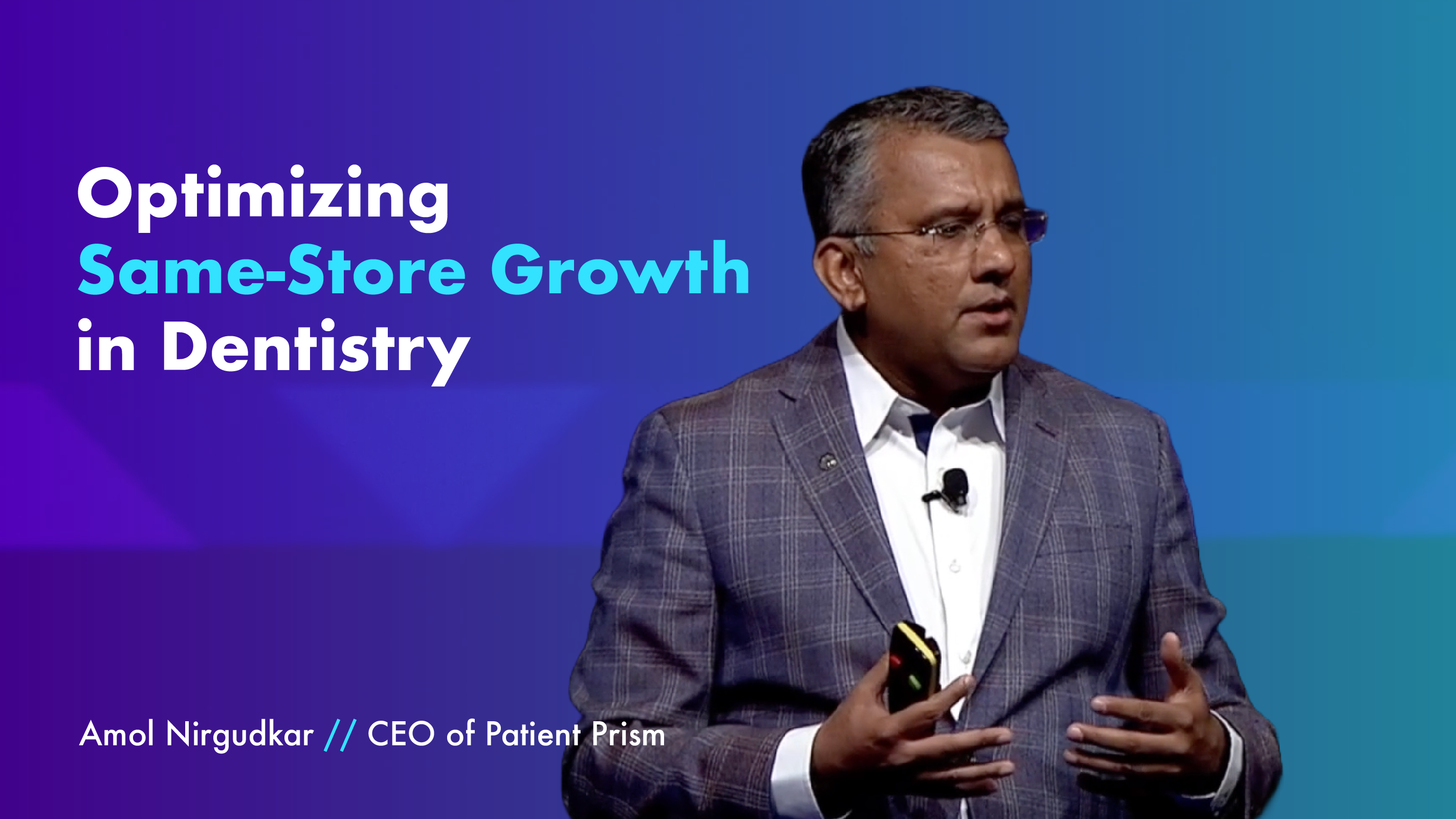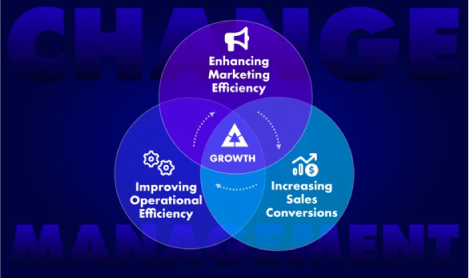In today’s rapidly evolving market, the weight loss industry stands at a critical juncture. With obesity rates soaring, disposable incomes rising, and digital services transforming how we approach weight management, understanding the key drivers and dynamics at play is more important than ever.
Adult Obesity Rate
The prevalence of obesity is a significant driver for the demand for weight loss services. As obesity rates increase, so does the need for effective weight loss programs. According to recent studies, over one-third of adults in the United States are considered obese. This alarming statistic underscores the growing need for comprehensive weight management solutions, from diet plans to fitness regimes.
Per Capita Disposable Income
Higher disposable incomes enable more consumers to afford discretionary services like weight loss programs. When individuals have more money to spend, they are more likely to invest in their health and well-being. This trend has been particularly noticeable in recent years as economic growth has led to increased consumer spending on health-related services.
Healthy Eating Index
A lower Healthy Eating Index indicates poor dietary habits, which can lead to higher demand for weight loss services. The index, which measures diet quality, has shown that many individuals are not meeting the recommended dietary guidelines. Poor eating habits are a primary contributor to obesity, further driving the need for weight loss programs.
Percentage of Business Conducted Online
The shift towards online services has significantly affected the weight loss industry. More consumers are opting for digital weight loss solutions, such as virtual consultations, mobile apps, and online support groups. This shift not only broadens the reach of weight loss programs but also makes them more accessible and convenient for a wider audience.
Participation in Sports
Interestingly, higher rates of sports participation generally correlate with lower obesity rates. While this might reduce the demand for weight loss services, it increases the demand for complementary health and fitness services. This trend highlights an opportunity for weight loss providers to diversify their offerings to include fitness and sports-related services.
SWOT Analysis of the Weight Loss Industry
To understand the competitive landscape, let’s delve into a SWOT analysis:
Strengths:
- High Revenue per Employee: Indicates efficiency in service delivery.
- Low Volatility: Stability in revenue and demand.
- Established Brands: Strong brand recognition among major players.
Weaknesses:
- High Competition: A crowded market with many players.
- Low Profit Margins: Competitive pricing pressures can reduce profitability.
- High Capital Requirements: Need for investment in technology and skilled labor.
Opportunities:
- Growth in Digital Services: Expansion of online and mobile services.
- Rising Obesity Rates: Increasing demand for weight loss solutions.
- Technological Innovation: New tools and platforms to enhance service delivery.
Threats:
- Economic Downturns: Reduced disposable income can decrease demand.
- High Number of Substitutes: Many alternative weight loss solutions are available.
- Regulatory Changes: New regulations could impact service delivery and costs.
Competitive Landscape
The weight loss industry is highly competitive, with a moderate level of market concentration. Major companies like Medifast, WW International, and Nutrisystem hold significant market shares. These dominant players maintain their positions through brand loyalty, comprehensive service offerings, and substantial marketing efforts.
Competitive Pressures:
- Internal Competition: The industry itself is crowded with numerous competitors vying for market share.
- Substitutes: Alternatives such as fitness apps, wearable technology, and DIY diet plans present significant competition.
Market Concentration:
- Barriers to Entry: New entrants must navigate challenges related to brand recognition, customer loyalty, and technological investment.
Leveraging AI in the Weight Loss Industry
Conversational AI can play a pivotal role in navigating and leveraging market dynamics. Here’s how AI can help:
Real-Time Market Analysis
AI can continuously monitor market conditions and provide updates on key external drivers affecting the weight loss industry. For example, users could ask, “What is the current trend in adult obesity rates?” and receive the latest data and analysis.
SWOT Analysis Assistance
AI can help businesses conduct their own SWOT analyses by gathering relevant data and providing insights. A company might ask, “What are the emerging opportunities in the weight loss industry?” and get detailed analysis on technological advancements and market trends.
Competitive Intelligence
AI can track competitors and provide detailed reports on their activities, market share, and strategic moves. For instance, a user could inquire, “What are the latest innovations by major players in the weight loss industry?” and receive a comprehensive update on competitors’ new products and services.
Customer Behavior Insights
AI can analyze consumer behavior and preferences to help businesses tailor their offerings. By understanding what drives customer decisions, companies can better position their services. For example, AI could identify that a significant number of users prefer digital consultations over in-person meetings.
Predictive Analytics
AI can use historical data and current trends to forecast future market conditions. This helps businesses plan their strategies more effectively. A question like, “What is the projected growth for digital weight loss services in the next five years?” would yield valuable predictive insights.
Personalized Marketing Strategies
AI can help develop targeted marketing campaigns by analyzing customer data and identifying key segments. For example, AI could suggest marketing strategies aimed at high-income demographics who are more likely to afford premium weight loss services.
Regulatory Compliance
AI can keep track of regulatory changes and ensure that businesses stay compliant. It can alert companies about new regulations and suggest necessary adjustments to their operations.
The weight loss industry is shaped by various factors, from rising obesity rates and disposable incomes to the increasing preference for online services. By understanding these drivers and leveraging technologies like AI, businesses can stay ahead of market dynamics and effectively meet consumer demands. The industry’s competitive landscape presents both challenges and opportunities, making it essential for companies to innovate and adapt continuously.















 A few minutes can change everything.
A few minutes can change everything.